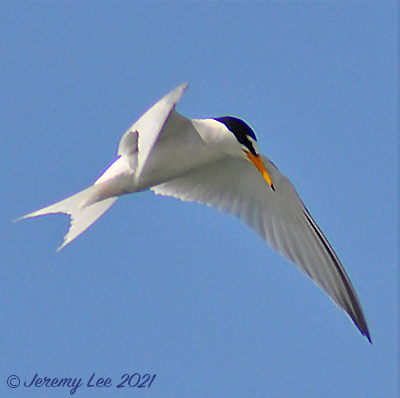
 |
|
Scientific Classifications explained » Amphibians » Ants » Aphids » Bees » Beetles » Birds » Bugs » Butterflies » Caterpillars » Damselflies » Dragonflies » Earwigs » Flies » Frog/Leafhoppers » Fungi » Galls » Grasshoppers » Harvestmen » Hoverflies » Lacewings » Ladybirds » Leaf Mines » Lichens » Mammals » Millipedes » Mosses » Moths » Sawflies » Slugs » Snails » Spiders » Trees & Shrubs » Wasps » Wild Flowers » Woodlice » Postboxes |
UK Nature > Birds > Sternula albifrons

Scientific Name: Sternula albifrons Common Name: Little Tern Sternula albifrons, more commonly known as the Little Tern, is a migratory coastal seabird which usually fishes in shallow water only a few centimetres deep, often over the advancing tideline or in brackish lagoons and saltmarsh creeks. It has the most inshore distribution of all terns. It is the UK's smallest Tern and can be readily identified by its orange-yellow, black-tipped bill and white forehead. Its diet consists of small fish and crustaceans as well as insects, annelid worms and molluscs. In Scotland, Little Terns feed mainly on small fish and invertebrates, including herring, sandeel, and shrimps. The nest is a bare scrape positioned on the ground in sparse vegetation on beaches of sand, pebbles, shingle, shell fragments, or rock above the high tide line and often only a few metres away from shallow clear water. Alternatively in more marshy habitats (e.g. coastal saltmarshes) the species may build a nest of shells or vegetation. The species nests in small loose colonies, with neighbouring nests usually placed more than 2m apart. |
|

https://www.uknature.co.uk is a website dedicated to showing the immense diversity of UK nature and wildlife. Our vast range of habitats, from lowland arable to snow covered mountains, from storm-ravaged coastlines to peaceful inland freshwater lakes and rivers, from dry, sandy heaths to deciduous and coniferous forests, all these habitats contribute to the abundance of UK nature. We have wild birds in huge numbers either residing or visiting our shores (597 recorded species as at July 2013) and we must also not forget the humble back garden with its grass lawns, flower beds filled with nectar rich flowers, shrubs and trees, all designed to attract huge numbers of insects such as bees, moths, butterflies and hoverflies; and finally the small ponds which provide safe havens for frogs, toads, newts and even slow worms and grass snakes. www.uknature.co.uk is the showcase for my personal passion, photographing uknature in all its glory. I sincerely hope you all enjoy the fruits of my labours. This site and all images contained therein is © Jeremy Lee 2004 - 2025. All Rights Reserved. Site design by Jeremy Lee. Site development & IT Support by Stuart Lee. |